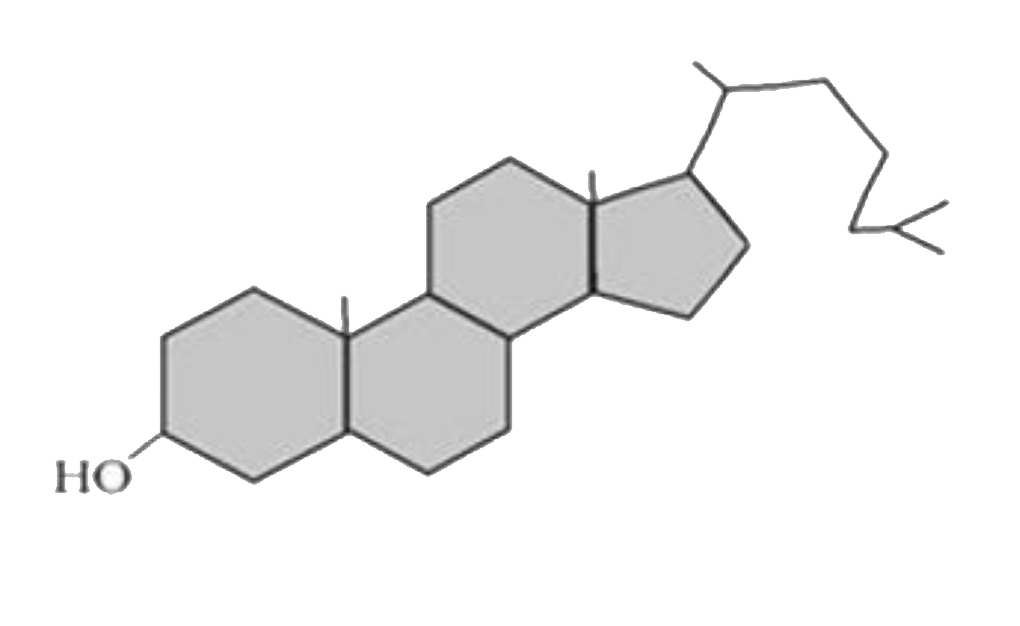For the extraction of biomolecule from living tissue. This tissue has to be grind in which chemical?
The correct Answer is:Trichloroacetic acid (Cl3CCOOH)
To extract biomolecules from living tissue, the following steps are typically followed:
1. Preparation of Tissue Sample: Start by obtaining the living tissue from which you want to extract the biomolecules. This could be any biological tissue such as plant leaves, animal organs, etc.
Hint: Ensure that the tissue is fresh and properly handled to maintain the integrity of the biomolecules.
2. Grinding the Tissue: The next step is to grind the tissue. This is done to break down the cellular structure and release the biomolecules into solution.
Hint: Use a mortar and pestle or a homogenizer for effective grinding.
3. Adding Tri-chloroacetic Acid (TCA): While grinding the tissue, add tri-chloroacetic acid (TCA) to the mixture. TCA is a strong acid that helps in precipitating proteins and extracting various biomolecules.
Hint: TCA is chemically represented as C3HCl3O2. Make sure to use it in appropriate concentrations to avoid damaging the biomolecules.
4. Creating a Paste: Continue grinding until you achieve a uniform paste. This paste will contain the biomolecules suspended in the TCA solution.
Hint: The consistency of the paste should be smooth, without large chunks of tissue remaining.
5. Separation of Solutions: After grinding, you will have two distinct solutions:
- Acid Soluble Pool: This contains low molecular weight cytoplasmic constituents (less than 800 Dalton).
- Acid Insoluble Pool: This contains larger molecules and organelles that do not dissolve in TCA.
Hint: You can separate these pools by centrifugation, where the heavier components will settle at the bottom.
6. Analysis of Extracted Biomolecules: Finally, analyze the two pools for the biomolecules of interest, which may include proteins, nucleic acids, or other metabolites.
Hint: Use appropriate biochemical assays or techniques like chromatography or electrophoresis for analysis.
Summary:
To extract biomolecules from living tissue, grind the tissue in tri-chloroacetic acid (TCA) to create a paste, which will allow for the separation of soluble and insoluble biomolecules.
- Acid Soluble Pool: This contains low molecular weight cytoplasmic constituents (less than 800 Dalton).
- Acid Insoluble Pool: This contains larger molecules and organelles that do not dissolve in TCA.
To extract biomolecules from living tissue, grind the tissue in tri-chloroacetic acid (TCA) to create a paste, which will allow for the separation of soluble and insoluble biomolecules.
Similar Questions
Knowledge Check
- Question 1 - Select One
Living tissue in lenticel is called
AConjunctive tissueBConnnective tissueCComplementary tissueDPhelloderm - Question 2 - Select One
Water storage tissue has
ALarge-sized thin walled cellsBMucilageCLarge-sized thin walled cellsDAll the above. - Question 3 - Select One
Living mechanical tissue is
AparenchymaBcollenchymaCsclerenchymaDchlorenchyma


